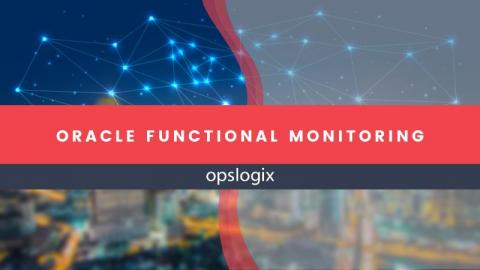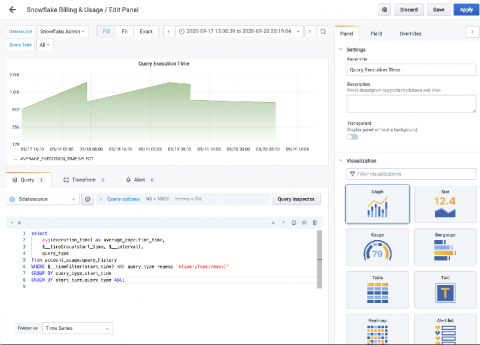Monitor Snowflake with Datadog
Snowflake is a cloud-native data platform that enables users to easily store, manage, analyze, and share high volumes of structured and semi-structured data. Whereas traditional data architectures often consist of multiple databases, data warehouses, and data lakes, Snowflake breaks down the silos between your different data sources and serves as a single source of truth for a wide range of simultaneous workloads.











